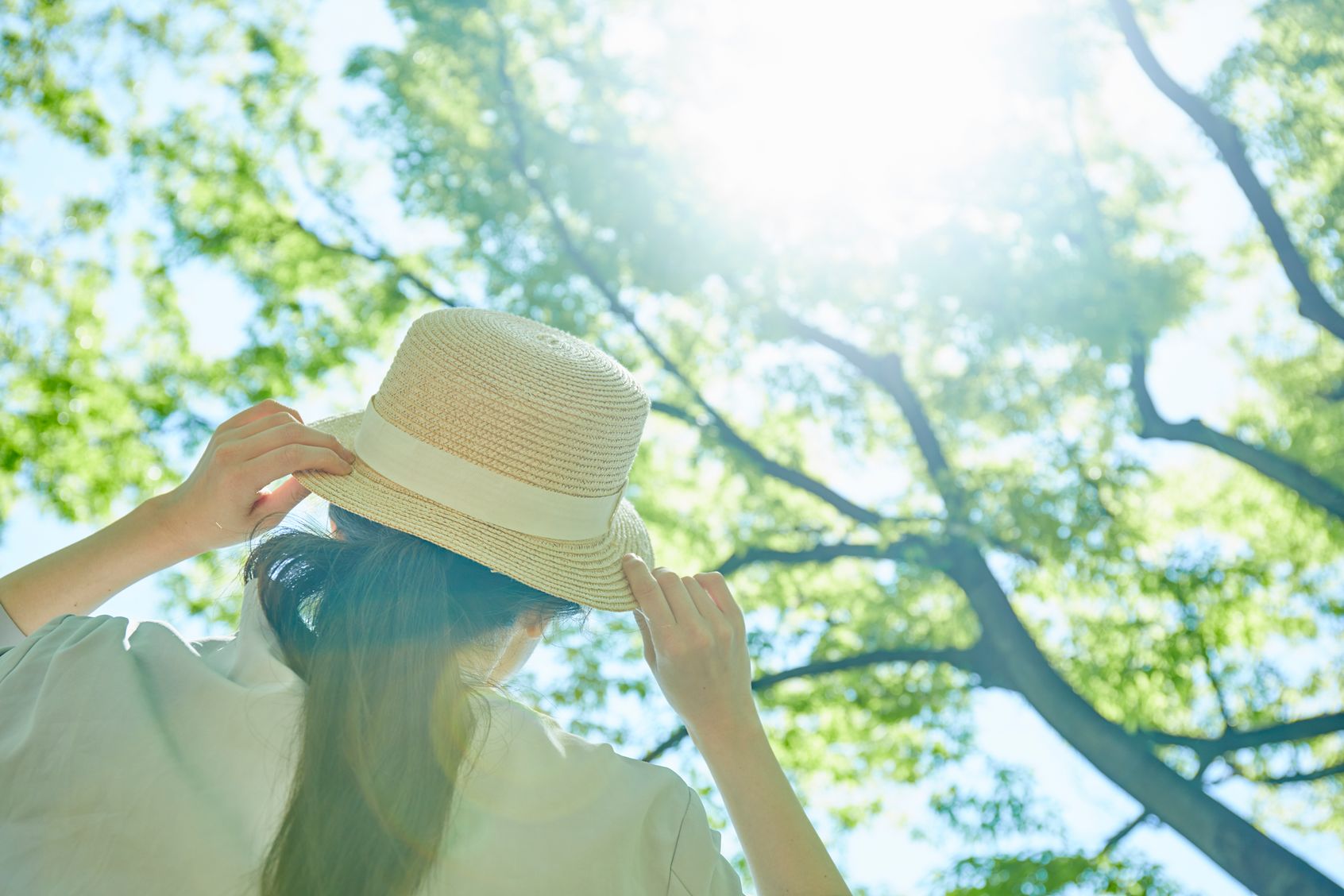
Tom's Skin Care Journey
Tom Morris knew it was time to call the doctor when he noticed an unusual growth on the top of his head. Any new skin growth or mole that changes in size or shape should be checked out right away. So, he made an appointment for a skin check with Hari Nadiminti, MD, a dermatologist and Mohs micrographic surgeon at Summit Health.

“I was anxious,” recalls Tom, who has been a longtime patient. “You don’t want to hear about cancer.”
A biopsy of the growth confirmed Tom’s fears. He was diagnosed with squamous cell carcinoma, the second most common type of skin cancer. Nearly 1 in 5 Americans will develop some form of skin cancer by the age of 70 according to the Skin Cancer Foundation. More than 2 people die of skin cancer in the U.S. every hour.
What are UV rays?
Most skin cancers result from exposure to ultraviolet (UV) rays in sunlight. UV rays are an invisible form of radiation from the sun and man-made sources like tanning beds. Two types of UV rays — UVA and UVB — are of particular concern regarding skin health. Says Dr. Nadiminti: “They both can damage the skin, but in different ways.”
- UVA rays can cause skin cells to age and lead to premature signs of aging, such as fine lines and wrinkles. The sun and most tanning beds emit UVA rays.
- UVB rays can damage the DNA in skin cells. These rays are the main cause of sunburn and are thought to cause most skin cancers.
Types of skin cancer
The majority of skin cancers start in the skin’s top layer, called the epidermis. Basal cell carcinoma — the most common type of skin cancer — and squamous cell carcinoma are linked to UV exposure, as they tend to develop on sun-exposed areas such as the arms, face, and hands.
Melanoma, a serious and potentially life-threatening form of skin cancer, can spread to other parts of the body. When melanoma is detected early, however, it is very treatable. In these cases, the 5-year survival rate is 99 percent.
Anyone can develop skin cancer. Having skin that burns easily or using a tanning bed can increase your risk. But most skin cancers result from repeated and unprotected UV exposure. Having 5 or more sunburns doubles your risk of developing melanoma, according to the Skin Cancer Foundation.
Tom reflected on getting too much sun when he was younger. “Being fair-skinned as a kid, I got blistered,” he said, noting that sunscreen was not as commonplace then.
Mohs micrographic surgery: A treatment for skin cancer
Basal and squamous cell carcinomas are highly treatable when detected early and treated properly. In the last decade, Summit Health’s dermatology team has treated over 30,000 cases of skin cancer. One treatment option is Mohs micrographic surgery, which Dr. Nadiminti specializes in and performed on Tom.
The Mohs technique is done in stages while the patient waits. The skin cancer is removed, section by section, and examined under a microscope to ensure that all the cancerous cells are gone.
“The goal is to remove the cancer while taking the least amount of normal skin,” says Dr. Nadiminti, referring to the Mohs technique. “In real time, we are able to determine if there is a clear margin.”
Tom expressed relief with his treatment. “Same-day surgery…they really took away a lot of anxiety,” he said. Although Tom is at higher risk of developing skin cancer in the future, Dr. Nadiminti says “he has a bright future ahead.”
Skin cancer prevention: UV safety tips
The Surgeon General emphasizes that UV exposure is the most preventable cause of skin cancer. While sun exposure is inevitable, you and your family can take steps to enjoy the outdoors safely.
- Cover up. Wear lightweight protective clothing such as long-sleeved shirts, pants, and wide-brimmed hats. Choose sunglasses with UV protection since the sun’s rays can also damage your eyes. Wrap-around style sunglasses can prevent the sun from getting in on the sides.
- Get in the shade. The sun’s rays are the most intense between 10 a.m. and 4 p.m., so minimize your midday exposure. Do not be fooled by a cloudy day — the sun can still damage your skin.
- Use the right amount of sunscreen. Choose a broad-spectrum sunscreen with SPF 30 or higher. Apply at least 1 ounce — about a palmful’s worth — every two hours, and more often if you are sweating or getting in the water. Do not forget places like your ears and hairline. Protect your lips with sun balm.
“The safer you are with your skin, the better you protect it,” says Dr. Nadiminti. July is Ultraviolet Safety Awareness Month, but sun and skin safety is important all year long. Remember to:
- Check your skin monthly for new, changing, or unusual growths. Learn more about what to look for from The Skin Cancer Foundation.
- See a dermatologist or primary care provider for a yearly skin check.
